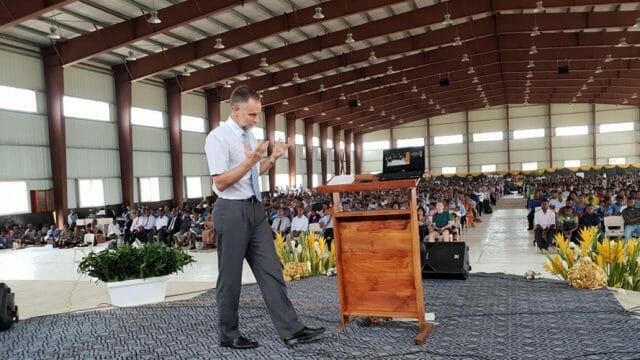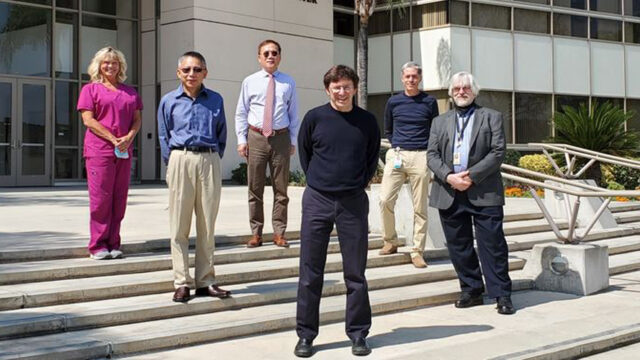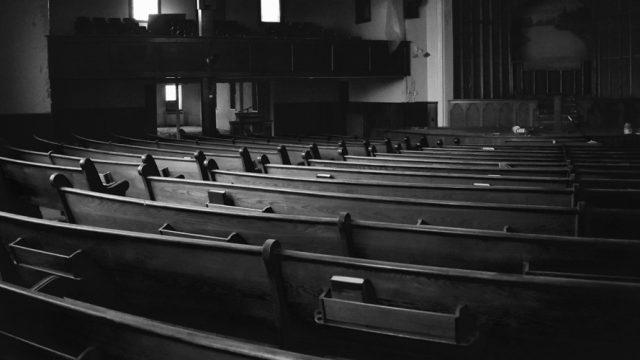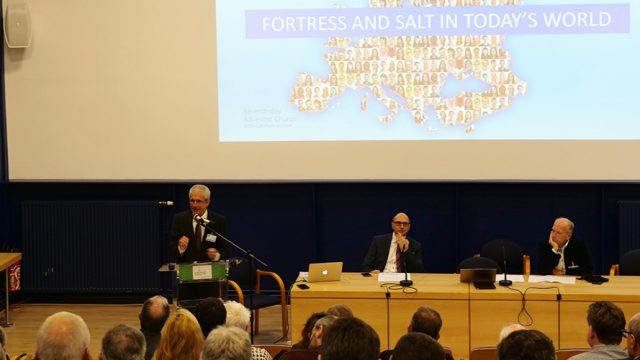An entry from the Encyclopedia of Seventh-day Adventists

The Encyclopedia of Seventh-day Adventists (ESDA) is now live and freely accessible at encyclopedia.adventist.org. Launched Wednesday, July 1, at the Seventh-day Adventist Church headquarters in Silver Spring, Maryland, United States, the project involves nearly 1,000 writers from all world church divisions and attached fields, and features more than 2,100 articles, photographs, and other historically significant documents. New articles will continue to be added to the encyclopedia. We invite you to visit encyclopedia.adventist.org for education and insight on the history and structure, culture, theology, and more of the Adventist Church around the world. The following story is based on a longer article from the encyclopedia.—Editors.
The pioneers of the work in Rhodesia (now Zimbabwe) exhibited four exceptional qualities:
- Passionate Love for the Word of God
Jim Mainza (1881-1949) arrived at Solusi Mission near Bulawayo in 1898, seeking education. After gaining the ability to read for himself, he needed a Bible of his own, but there was none at Solusi. So he walked to the Brethren in Christ Mission, 60 miles away, to buy a Bible.
By the time he returned to Solusi, Jim had memorized Matthew 5. He preferred studying his Bible to socializing with other students. Missionary and author Virgil Robinson wrote, “No Solusi student ever mastered the Book as Jim did.”1
Nora Anderson (a missionary, together with her husband, W. H. Anderson) also noted, “He [Jim] has always seemed to drink in God’s Word as the parched earth does the refreshing showers of rain.”2 Isaac Nkomo, Jim’s friend at Solusi, “declared him to be the greatest African Bible student the Adventist Church in Africa ever produced.”3
- Consistent Dependence on Prayer
Solusi Mission frequently experienced dry spells in the early 1900s, but “when rain fell, it often seemed that more descended upon Solusi than on the farms of adjoining white settlers. . . . When the school family met to pray for rain, their prayers were graciously answered.”4
Melvin C. Sturdevant (1865-1892), who in 1910 established Inyazura Mission in Mashonaland in the eastern part of Zimbabwe, had a place where he frequently went to pray. “A well-worn path leading to this sacred resort was evidence that he met his appointment with God. Without fail on Friday afternoons after the toil of the week was over, and before the beginning of the Sabbath, he reported to this place.”5 He became one of the most deeply respected missionaries to labour in Rhodesia, and his converts were the backbone of the mission work for a generation.
- Deep Love for the People
Nora Anderson shares an experience at Solusi: “I bought a slave boy for a blanket. You may think it strange that a missionary should traffic in human flesh; but I bought this slave . . . , that I might make him a free man, and I trust that some day he may be free from sin, and set at liberty by Christ Jesus.”6 The natives brought their children to Solusi Mission so they wouldn’t starve during the 1896 famine. Most of these children became outstanding church workers.
In 1901, Elder F. B. Armitage (1864-1952) and his wife, Mary, left Solusi to establish Somabula (Lower Gwelo) Mission, about 200 miles northeast of Solusi Mission. While there, Armitage was nicknamed “Matand’ Abantu” (one who loves people). When the Armitages left the mission in 1906, “all the folks . . . walked along beside the wagons carrying the departing family twenty miles to the railway station at Gwelo to see them off. Those returning to the mission after the train left, wept . . . as they walked along in the moonlight.”7
- Total Consecration
William Harrison Anderson (1870-1950) and his wife, Nora, arrived at Solusi Mission from the United States in 1895 to assist Elder G. B. Tripp (first superintendent), in company with a physician, Dr. A. S. Carmichael. While serving as a pioneer missionary in Africa for 50 years, Anderson noted that pioneer missionaries gave up their social life and customary diet. They learned to live with what was produced locally. Therefore, he recommended that missionaries should be healthy, educated, and consecrated. “These three are essential [he wrote], but the greatest and most necessary of all is consecration.”8
He observed that “every new field that is open to the gospel, plants a grave by the way, to direct future laborers to the field. Each mound is a mute testimony to the heathen that the missionary loves them; for ‘greater love hath no man than this, that a man lay his life for his friends.’ ”9
Finally, William Anderson reflects on his personal sacrifice: “I have given my money, my strength, my wife, and I intend to give the rest of my poor self to finish the work God has given me to do. I want you who read these lines to ask yourself that question, ‘Lord, what wilt Thou have me to do?’ ”10
The full stories of these pioneer missionaries can be found in the online Encyclopedia of Seventh-day Adventists at encyclopedia.adventist.org.
1 Virgil Robinson, The Solusi Story (Washington, D.C.: Review and Herald Pub. Assn, 1979), p. 75.
2 W. H. Anderson, Youth’s Instructor, Mar. 8, 1904, p. 7.
3 Robinson, The Solusi Story, p. 77.
4 Ibid., p. 85.
5 Virgil Robinson, Third Angel Over Africa (Unpublished Manuscript, [n.d.]), p. 153.
6 W. H. Anderson, On the Trail of Livingstone (Mountain View, Calif.: Pacific Press Pub. Assn., 1919), p. 117.
7 V. Robinson, Third Angel Over Africa, pp. 148, 149.
8 Anderson, On the Trail of Livingstone, pp. 322, 324.
9 Ibid., p. 329.
10 Ibid., p. 351.








